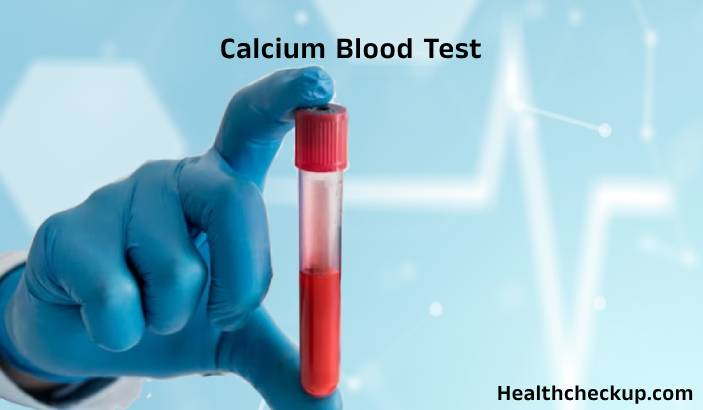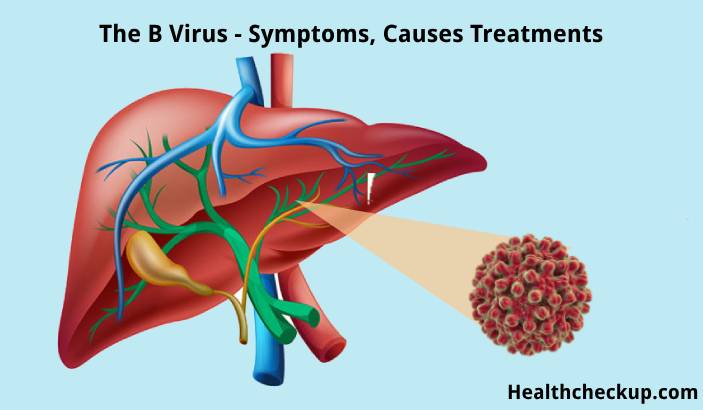Calcium is a vital mineral in the body, essential for bone health, muscle function, nerve signaling, and blood clotting. The calcium blood test, also known as a serum calcium test, measures the level of calcium in the blood to assess various health conditions.
Purpose of the Calcium Blood Test
- Evaluating Bone Health: The calcium blood test helps assess bone health and can indicate conditions like osteoporosis.
- Diagnosing Parathyroid Disorders: Abnormal calcium levels may signal issues with the parathyroid glands, which regulate calcium in the body.
- Assessing Kidney Function: High or low calcium levels can be linked to kidney disorders.
- Identifying Certain Cancers: Elevated calcium levels might suggest specific cancers, such as lung or breast cancer.
- Monitoring Chronic Diseases: The test is used to monitor conditions like chronic kidney disease or certain endocrine disorders.
Normal Range for Calcium Blood Test
- Typical Levels:
- In adults, the normal range for total calcium in the blood generally falls between 8.5 and 10.5 milligrams per deciliter (mg/dL).
- For ionized (free) calcium, the normal range is typically between 4.6 and 5.3 mg/dL.
- Factors Influencing Normal Range:
- Age, gender, and specific health conditions can affect calcium levels. For example, levels may vary in children or postmenopausal women.
High Calcium Levels (Hypercalcemia)
- Causes:
- Primary Hyperparathyroidism: Overactivity of the parathyroid glands.
- Cancer: Certain cancers produce proteins that mimic parathyroid hormone, raising calcium levels.
- Bone Diseases: Conditions like Paget’s disease or osteoporosis.
- Medications: Some medications, such as thiazide diuretics or lithium, can increase calcium levels.
- Symptoms:
- Fatigue, nausea, vomiting, constipation, excessive thirst, frequent urination, and muscle weakness.
- Potential Complications:
- Hypercalcemia can lead to kidney stones, bone loss, and cardiovascular issues.
| Category | Normal Range | High Level Indicators |
| Total Calcium | 8.5-10.5 mg/dL | >10.5 mg/dL |
| Ionized Calcium | 4.6-5.3 mg/dL | >5.3 mg/dL |
Low Calcium Levels (Hypocalcemia)
- Causes:
- Hypoparathyroidism: Underactivity of the parathyroid glands.
- Vitamin D Deficiency: A lack of vitamin D, crucial for calcium absorption.
- Kidney Disease: Impaired kidney function can lead to low calcium levels.
- Medications: Certain drugs, such as anticonvulsants, can reduce calcium levels.
- Symptoms:
- Muscle cramps, tingling in the fingers and toes, numbness, irritability, and seizures.
- Potential Complications:
- Prolonged hypocalcemia can lead to osteoporosis, cardiovascular issues, and neurological problems.
| Category | Normal Range | Low Level Indicators |
| Total Calcium | 8.5-10.5 mg/dL | <8.5 mg/dL |
| Ionized Calcium | 4.6-5.3 mg/dL | <4.6 mg/dL |
Interpreting Calcium Blood Test Results
- Normal Results:
- Suggest that calcium levels are within a healthy range, indicating balanced bone health and parathyroid function.
- High Calcium Levels:
- May require additional testing to determine the underlying cause, such as parathyroid hormone (PTH) tests or imaging studies for tumors.
- Low Calcium Levels:
- May necessitate further investigation into parathyroid function, vitamin D levels, and kidney health.
- Treatment Guidance:
- Results guide treatment strategies, such as medication adjustments, dietary changes, or surgery in severe cases.
Conclusion
The calcium blood test is a crucial diagnostic tool for assessing a variety of health conditions, from bone health to parathyroid function.
Given the potential implications of abnormal calcium levels, discussing test results with healthcare providers is crucial to ensure accurate interpretation and effective treatment planning. With a comprehensive approach and proper care, the calcium blood test can play a significant role in maintaining overall health and preventing complications.
I specialize in writing about health, medical conditions, and healthcare, drawing extensively from scientific research. Over the course of my career, I have published widely on topics related to health, medicine, and education. My work has appeared in leading blogs and editorial columns.








